Property Geek
We provide the actual and accurate information with unbiased user driven reviews to our viewers, to help them see the best and find the best!
View posts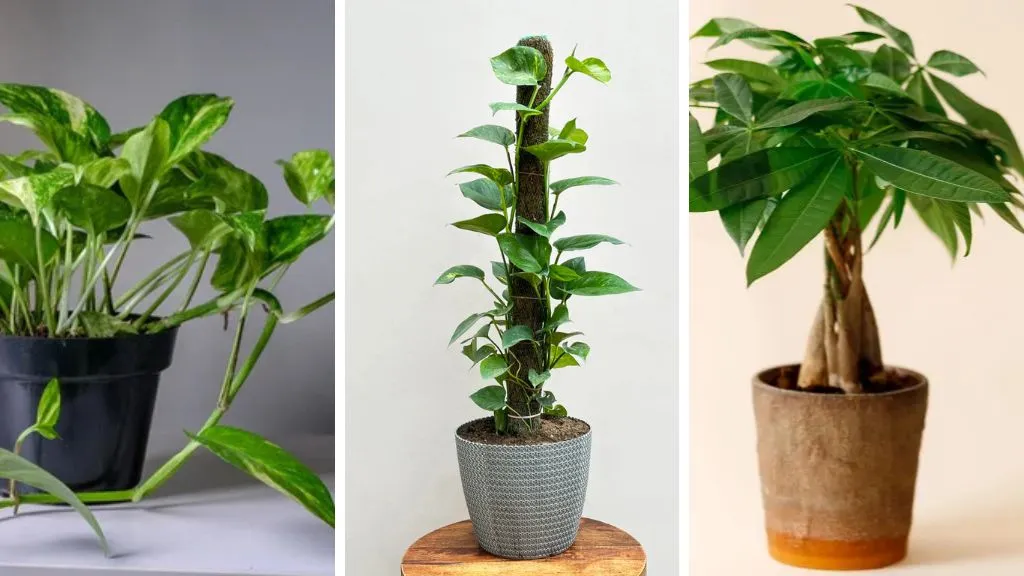
Struggling to find the perfect indoor plant that adds beauty to your home and brings good fortune? Many people choose money plants for their aesthetic appeal and the belief that they attract positive energy.
Money plants are thought to bring blessings, good fortune, and money into homes. They can be grown in water, soil, and even jelly. Pothos thrives in moderate climates. Because of its pollution-controlling qualities, people also use the plants to keep an eye on the air quality in their homes.
However, selecting the right type can be confusing with so many varieties available, each with unique traits and care needs. To help you make the best choice, this article explores the different types of money plants, their features, and how to care for them, ensuring your home stays vibrant and lucky.
Take a look at some of the best money plants.
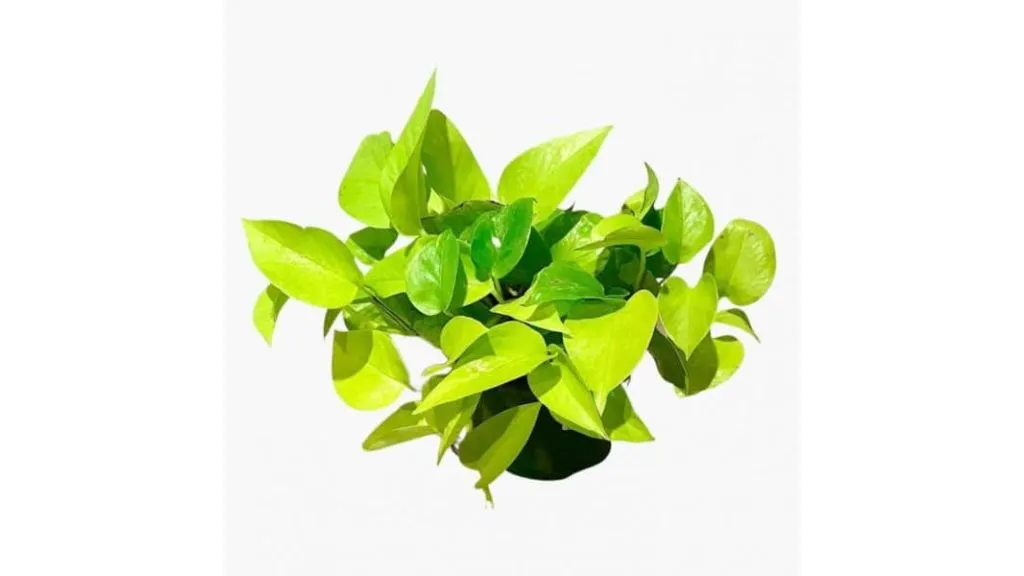
This is one of the most popular types of Lucky plant. It’s also known as devil’s Ivy or golden pothos. Epipremnum aureum is the scientific name for the plant. This plant’s brilliant leaves have golden and yellow hues to them.
They’re also lovely in hanging pots, big pots with moss sticks, and as a way to define boundaries in your balcony or garden. It is known by this name in many Asian nations, particularly in South Asia, where it is grown for good luck and wealth.
They are excellent plants that are difficult to destroy. They are extremely adaptive to their surroundings and maybe cultivated both indoors and outdoors. Keep in mind that they don’t appreciate direct sunlight, so use it sparingly.
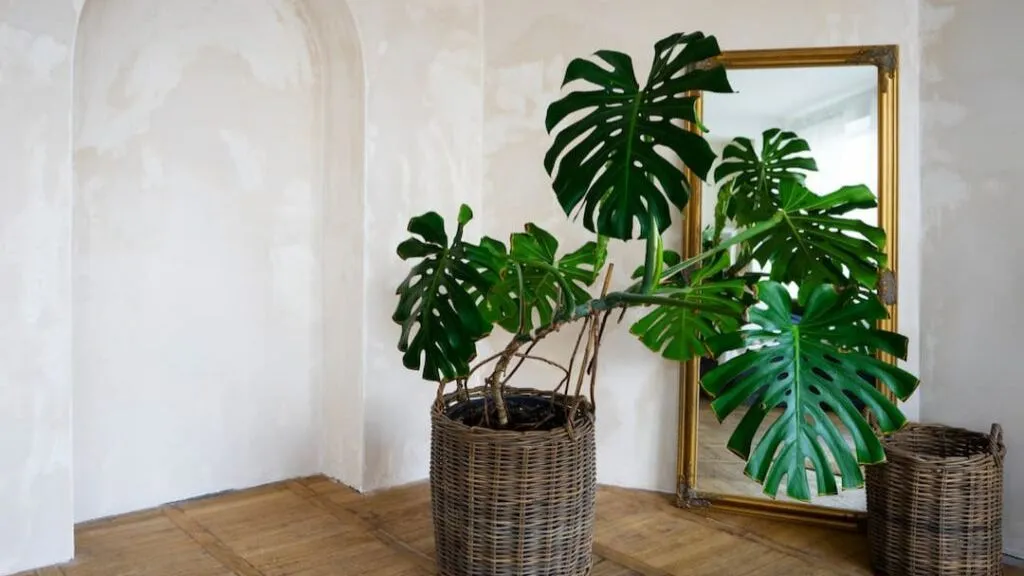
These types of money plants, also known as Monstera deliciosa, have large leaves. They are drought-tolerant, fast-growing houseplants that may thrive in low-light conditions. The leaves have a lobate shape and are fairly large. It’s much lovelier because of the cuts. When it starts to expand, the roots may start to emerge out of the pot, therefore you’ll need to repot it in a larger pot.
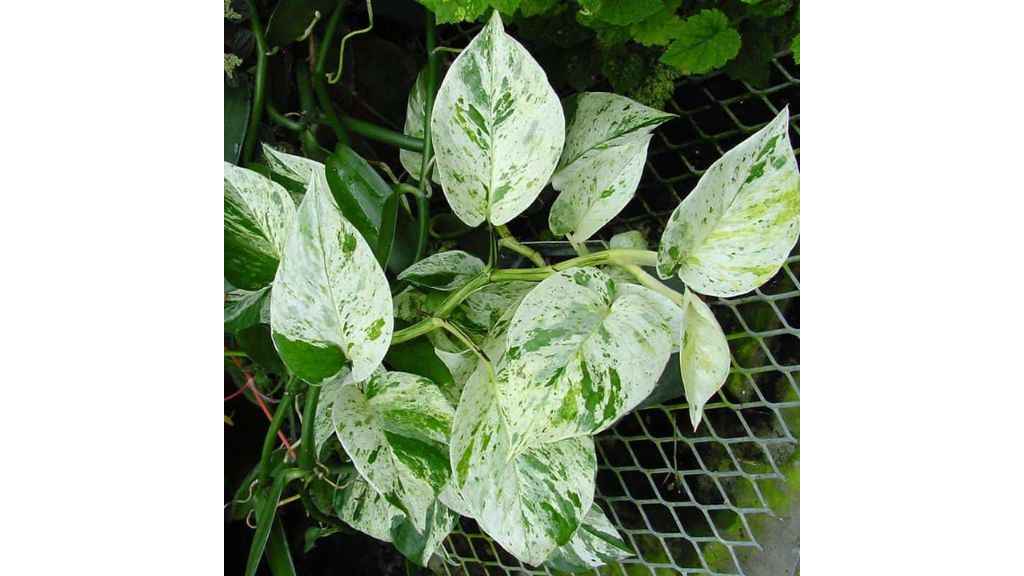
The marble queen money plant has beautiful cream and white leaves. You can get this plant at a nursery near you. To keep their lovely hues, they prefer strong sunshine. As a result, make sure the plant gets 4-6 hours of strong sunshine every day.
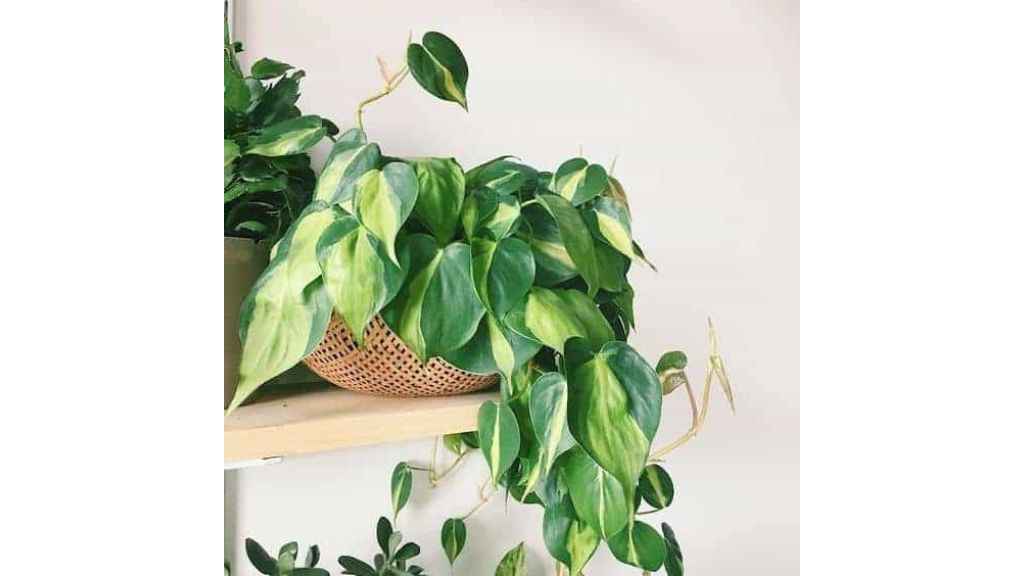
The leaves of the marble queen and marble king plants are distinguished by their unique white and green hues. They don’t require much light and may thus thrive inside. The marble prince money plant is thought to attract money and pleasant energy to the garden.
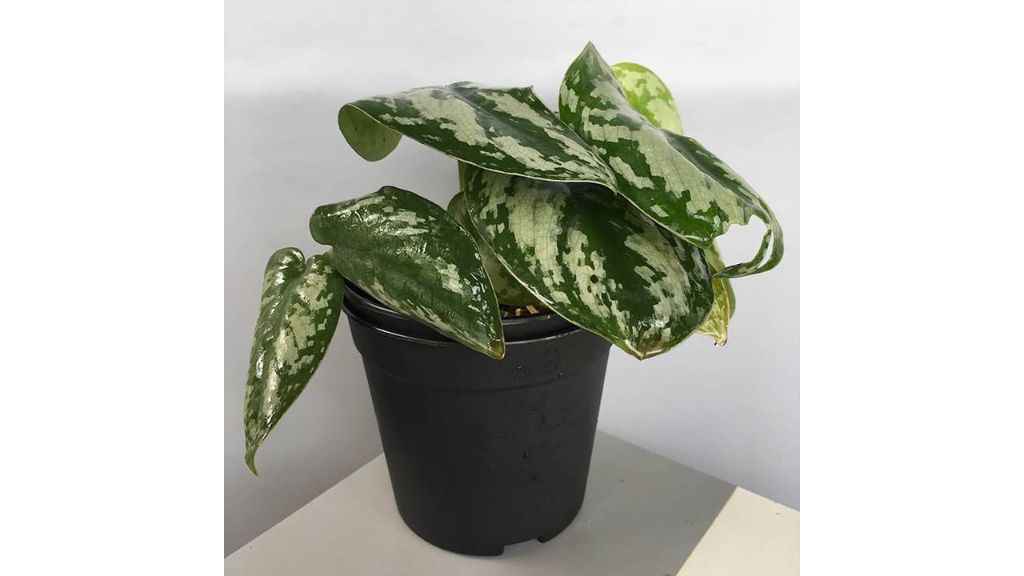
Because of the gorgeous silver linings on these velvety leaves, this is a stunning types of money plant. Silver is also known as satin pothos because of its lush and lovely leaves. They thrive in indirect light, but direct sunlight can cause the leaves to burn.
You may hang these on the plants since they look lovely. The plant’s green palmate leaves provide good luck to the owner. It attracts money since it produces several leaves on its stem, and it is an excellent plant for gardeners because it represents good fortune, money, and health.
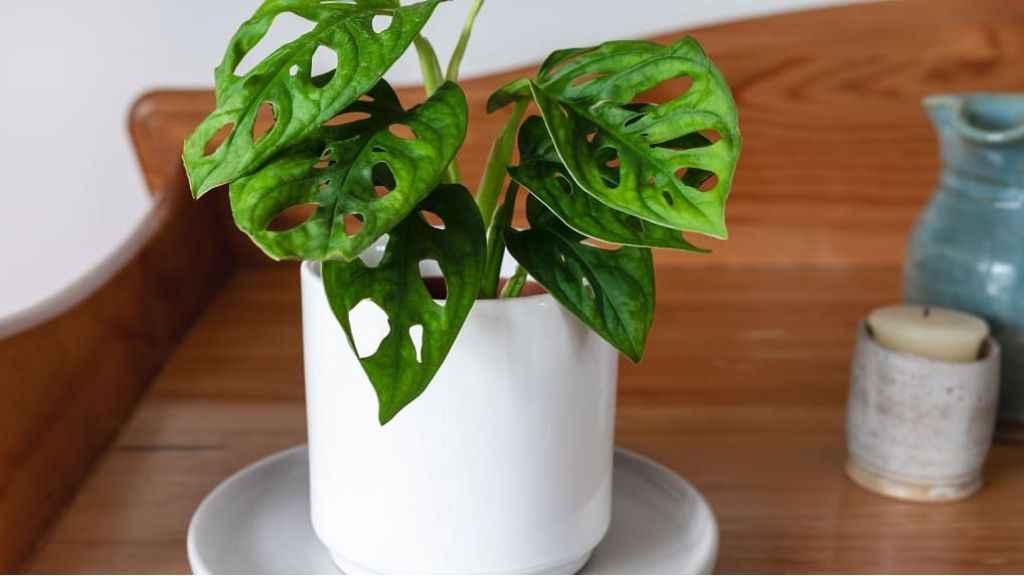
Another indoor plant with large, attractive leaves with cuts in them. The perforated patterns on the leaves make it appear like cheese and are extremely attractive. It’s essentially a climber plant that can be cultivated both indoors and outdoors. They prefer direct yet bright sunshine. According to Vastu, the plant’s green leaves with oval-shaped holes represent luck, riches, and success. It should be displayed at the entrance of your workplace or house.
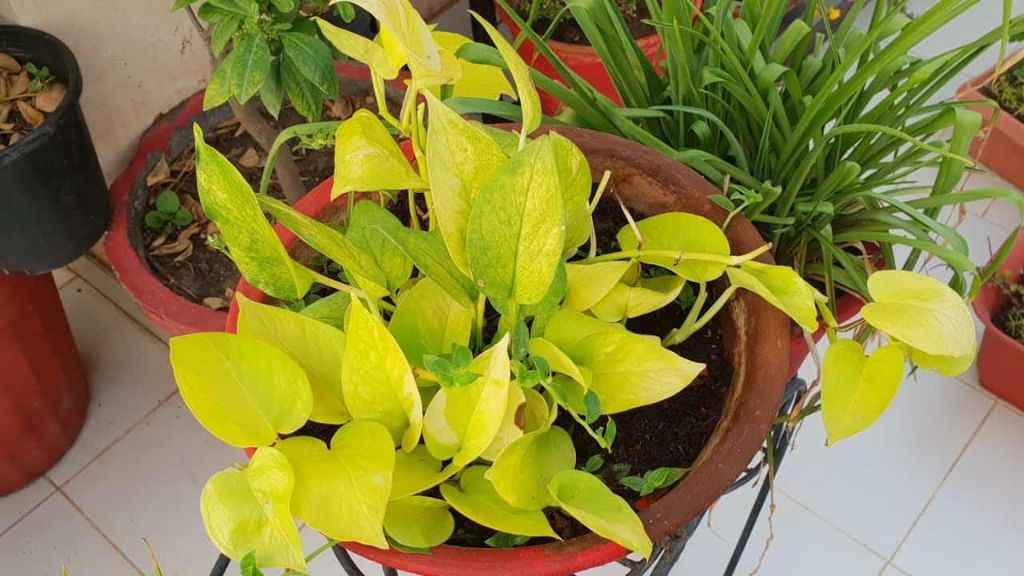
The leaves of the Neon have a distinctive and distinct hue. When maintained indoors or outdoors, it nearly appears yellow to neon in shadow and makes for a stunning plant. The foliage on this plant is radically distinct and unique, and it is very stunning. The brilliant golden yellow hue of Neon Money Plant gives it a Neon or shining look. This light is more evident in young leaves than in mature leaves.
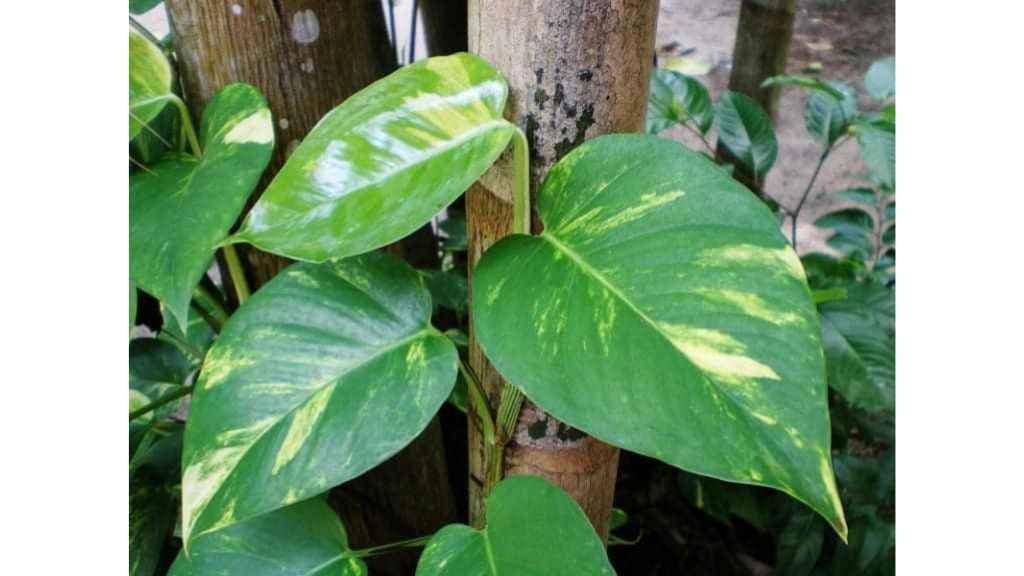
The leaves of these plants are large, and the trunks are thick. If you are just starting, a big leaf money plant is the best option. These plants are easy to grow and not only take up more area, which can help you disguise unclean spots in your garden, but they’re also low-maintenance and require little attention. You can apply any organic fertilizer and the plants give violet flowers. Bigleaf money plant grows in well-drained soil and reaches a height of 8 to 10
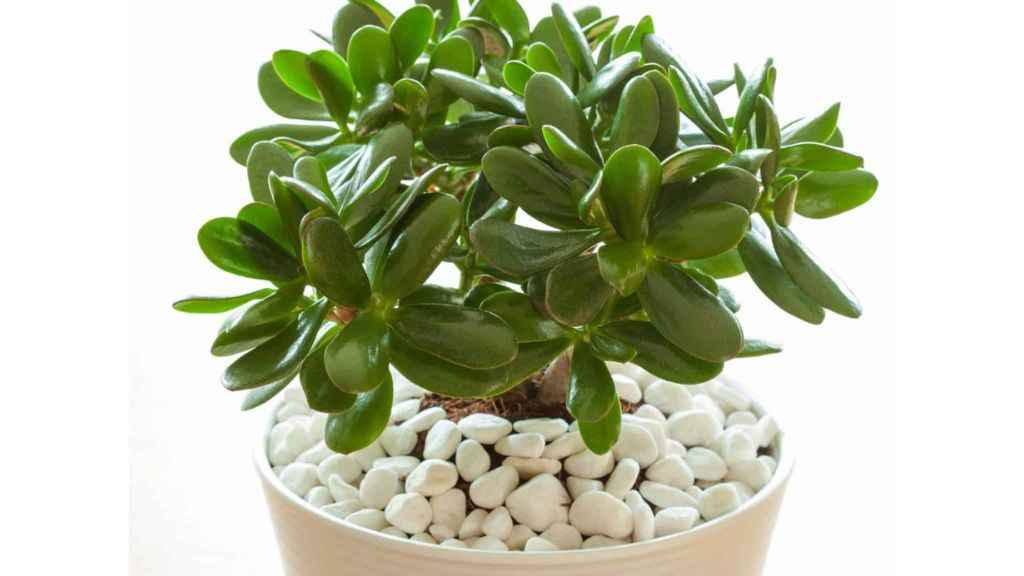
Another popular money plant that can be found in the tropical climate. Although it is commonly grown indoors, it can also be grown outdoors. It doesn’t require much care and may thrive in even the driest of environments.
This type of of money plant is distinguished from others by its dark green leaves. You may put it on a raised stool, and the plant’s falling foliage will provide a classic touch to your decor. These plants with round or oval foliage are said to bring money and prosperity, and the Jade plant is one of them. As a result, it is frequently given as a present during new business launches.
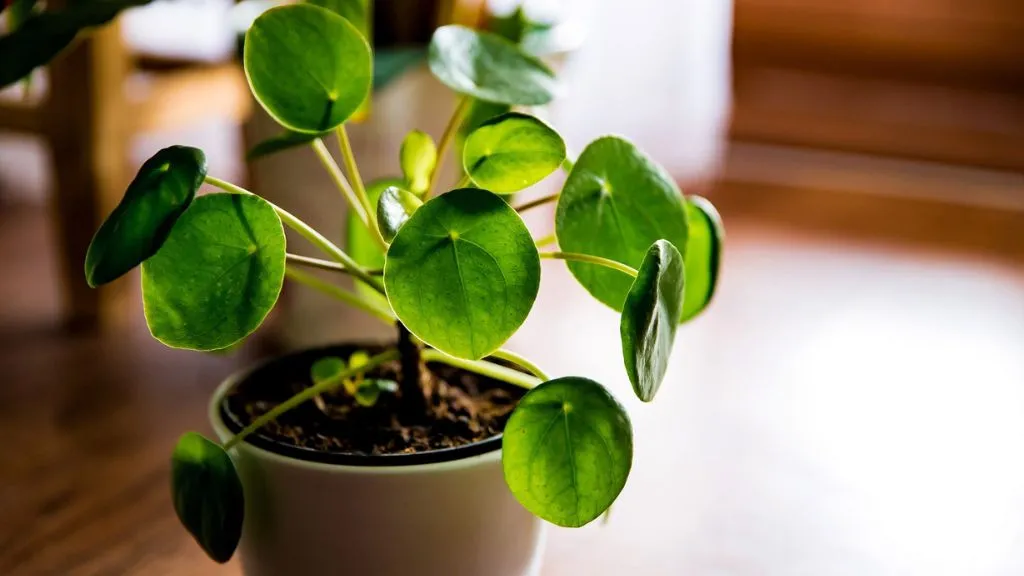
These money plants are relatively simple to maintain and feature unique coin-shaped leaves. Other names for it include the UFO plant and the pancake plant. It is indigenous to China, where many think it will bring them luck and wealth.
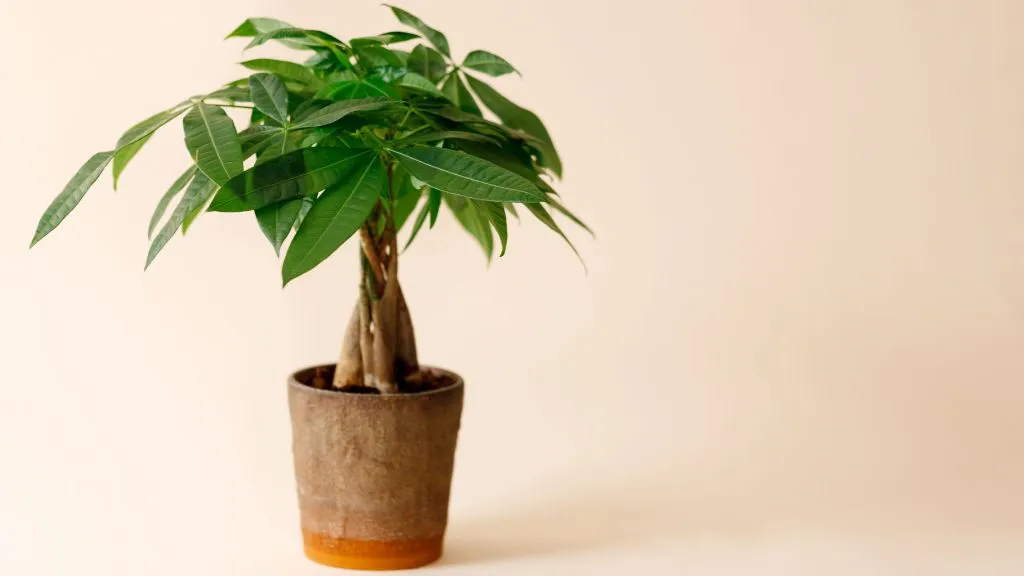
The Malabar chestnut, Guiana chestnut, and supply tree are some of the other names for the money tree. It may grow up to 60 feet tall and is indigenous to the marshes of Central and South America. The plant’s braided trunk is really made by twisting the stems of several young plants together. This adds to the plant’s visual appeal and enhances its symbolism of prosperity and fortune.
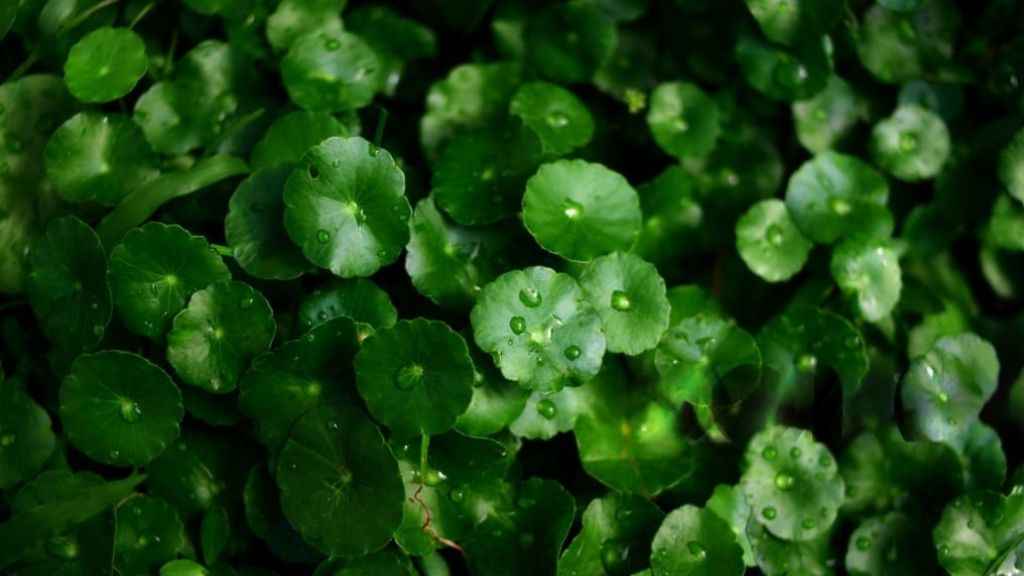
Pennywort is a low-growing aquatic or semi-aquatic plant that is often referred to as marsh pennywort or water pennywort. It has spherical, kidney-shaped leaves that can grow on the ground or float on the water’s surface. The leaves are lustrous and dark green, and they can be as little as a penny or as large as two inches in diameter. It may be utilized in bog gardens, water features, and as a ground cover in wet, gloomy regions of the garden.
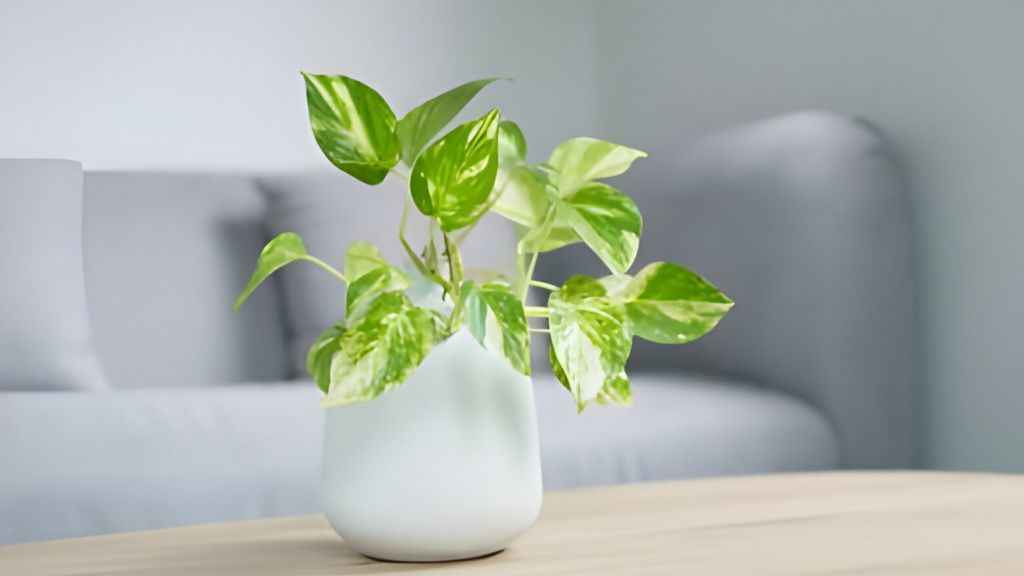
Epipremnum aureum ‘Jessenia,’ or the Golden Pothos, is an exceptional houseplant due to its striking deep green leaves with golden-yellow variegation. It’s an ideal choice for indoor settings because it’s easy to care for, tolerates various lighting conditions, and doesn’t demand constant attention. Besides its aesthetic appeal, the Golden Pothos also purifies indoor air, making it a practical and visually pleasing addition to your home décor.
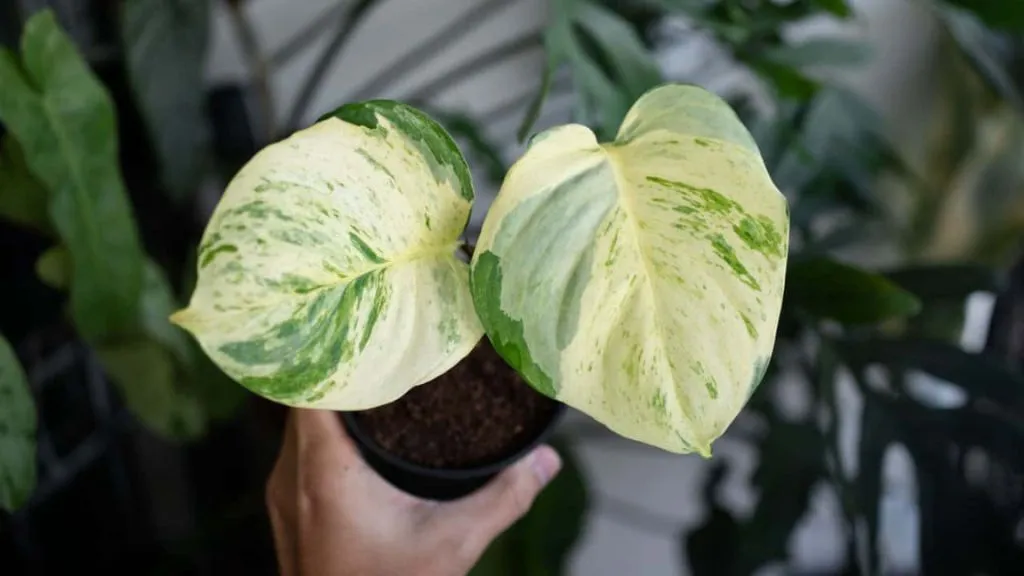
The “Manjula Pothos” is a specific variety of the Epipremnum aureum plant, commonly known as “Pothos” or “Devil’s Ivy.” Manjula Pothos is known for its striking variegated foliage, featuring creamy-white, silver, and green patterns on its leaves. It’s a popular houseplant choice due to its attractive appearance and ease of care. Like other Pothos varieties, Manjula Pothos is adaptable to various indoor conditions and is considered a great choice for beginners and experienced indoor gardeners alike.
So, these are some of the most stunning money plant varieties that you should consider bringing home. The best part is that you can grow all of these from cuttings. So, if you know a place that has all the varieties of money plants, just get some cuttings and you’ll be able to effortlessly propagate these lovely-looking money plants.
We must treat our money plant as if it were a baby since it is very sensitive. A sudden spike in temperature will make our happy money plant sad and may harm the leaves. If you want your money plant to grow well and generate a lot of green leaves, you’ll need to add a growing stick.